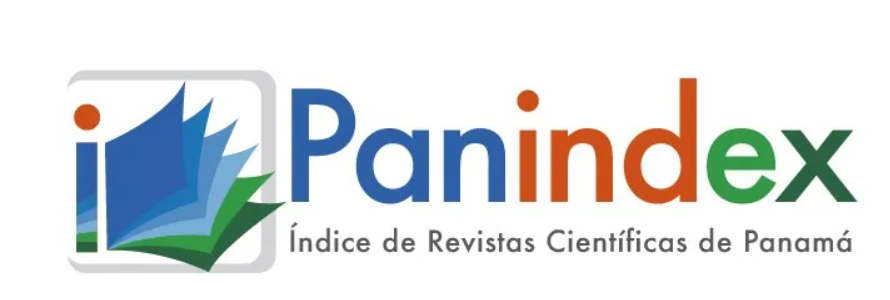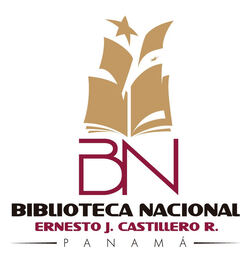The content of the publications and the links suggested in them are the sole responsibility of the authors and not of the Metropolitan University of Education, Science and Technology (UMECIT) or of the journal ORATORES. They are protected by international copyright laws as well as the logos of UMECIT AND ORATORES, hence their reproduction is totally prohibited.
This work is licensed under a Creative Commons Attribution-NonCommercial-NoDerivatives 4.0 International License.
The authors maintain the copyright and transfer the right of the first publication to the journal, with the article registered with Creative Commons Attribution-NonCommercial-NoDerivatives License, which allow others They can download the works published in this magazine and share them with other people, as long as their authorship is recognized, but they cannot be changed in any way nor can they be used commercially.
Authors are recommended to include their work in social networks such as Researchgate and institutional repositories once the article or visible fact has been published on the journal page, without forgetting to include the digital document identifier and the name of the journal.



Abstract
This research was carried out for five months, in order to find an alternative for the rural aquaculture producer with little access to water resources, to develop tilapia breeding. A simple study was designed applying daily Biofloc, which consisted of efficient microorganisms (ME) based on manipulated bacterial flocs: Bacillus subtilis, Bacillus spp, Bacillus megaterium, Bacillus amyloliquefaciens, Lactobacillus and yeasts. Physical-chemical controls of the water of a tub were applied, with two thousand fry of tilapia, grown in the study cycle. According to the results obtained, we can point out that the physical variables remained constant (pH, temperature and transparency, however, in some moments they had an unwanted turbidity). Regarding the chemical parameters, the oxygen remained acceptable, the ammonia, nitrite and nitrates were determined not so acceptable on average by the constant variations, therefore, other deeper analyzes regarding the stability of the MEs should be developed, as a means of cleaning and conditioning the water. In addition to considering whether there is a contribution by the biofloc as a means of nutritional improvement of fish, promoting the formation of phytoplankton that are other natural means of the ecosystem for feeding these organisms, without affecting the availability of oxygen.
Keywords
References
Avnimelech, Y. (2015). Biolfocs Tehcnology- A Practical Guide Book, 3rd Edition. The World Aquaculture Society, Baton Rouge, Louisiana. United States.
Enunciado de exposición de japonés sobre los Microorganismos eficientes. (2010). Recuperado de: https://www.tunuevainformacion.com/salud-integral/1069-el-dr-teruo-higa-y-el-milagro-de-los-microorganismos-eficientes-que-regeneran-nuestra-salud.html
FAO. (2019). Papel de la FAO en la acuicultura. Recuperado de: http://www.fao.org/aquaculture/es/
Ibáñez, J. (2021). Microorganismos Eficientes o Efectivos (EM) y Rehabilitación de Suelos | Un Universo invisible bajo nuestros pies. Retrieved 17 August 2021, from https://www.madrimasd.org/blogs/universo/2011/03/02/137556
Landino-Orjuela, G. y Rodríguez-Pulido, J.A. (2009). Efecto de Lactobacillus casei, Saccharomyces Rhodopseudomona palustris (microorganismos eficientes em) y melaza en la ganancia de peso de tilapias (Oreochromis sp) en condiciones de laboratorio. Recuperado de: https://www.researchgate.net/publication/38105532_Efecto_de_Lactobacillus_casei_Saccharomyces_Rhodopseudomona_palustris_microorganismos_eficientes_em_y_melaza_en_la_ganancia_de_peso_de_tilapias_Oreochromis_sp_en_condiciones_de_laboratorio.
Downloads
Publication Facts
Reviewer profiles N/A
Author statements
- Academic society
- Universidad Metropolitana de Educación, Ciencia y Tecnología
- Publisher
- Universidad Metropolitana de Educación, Ciencia y Tecnología



















